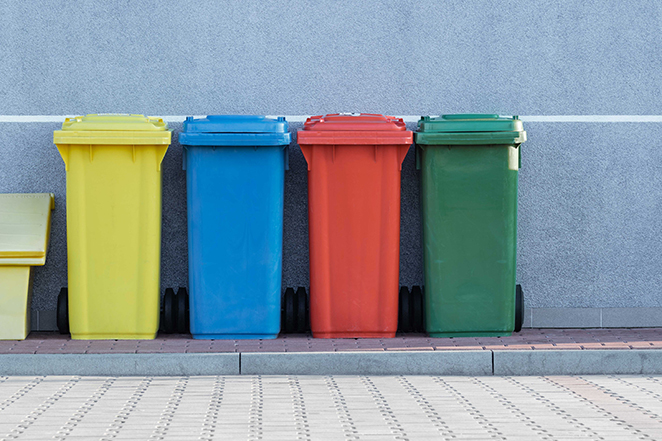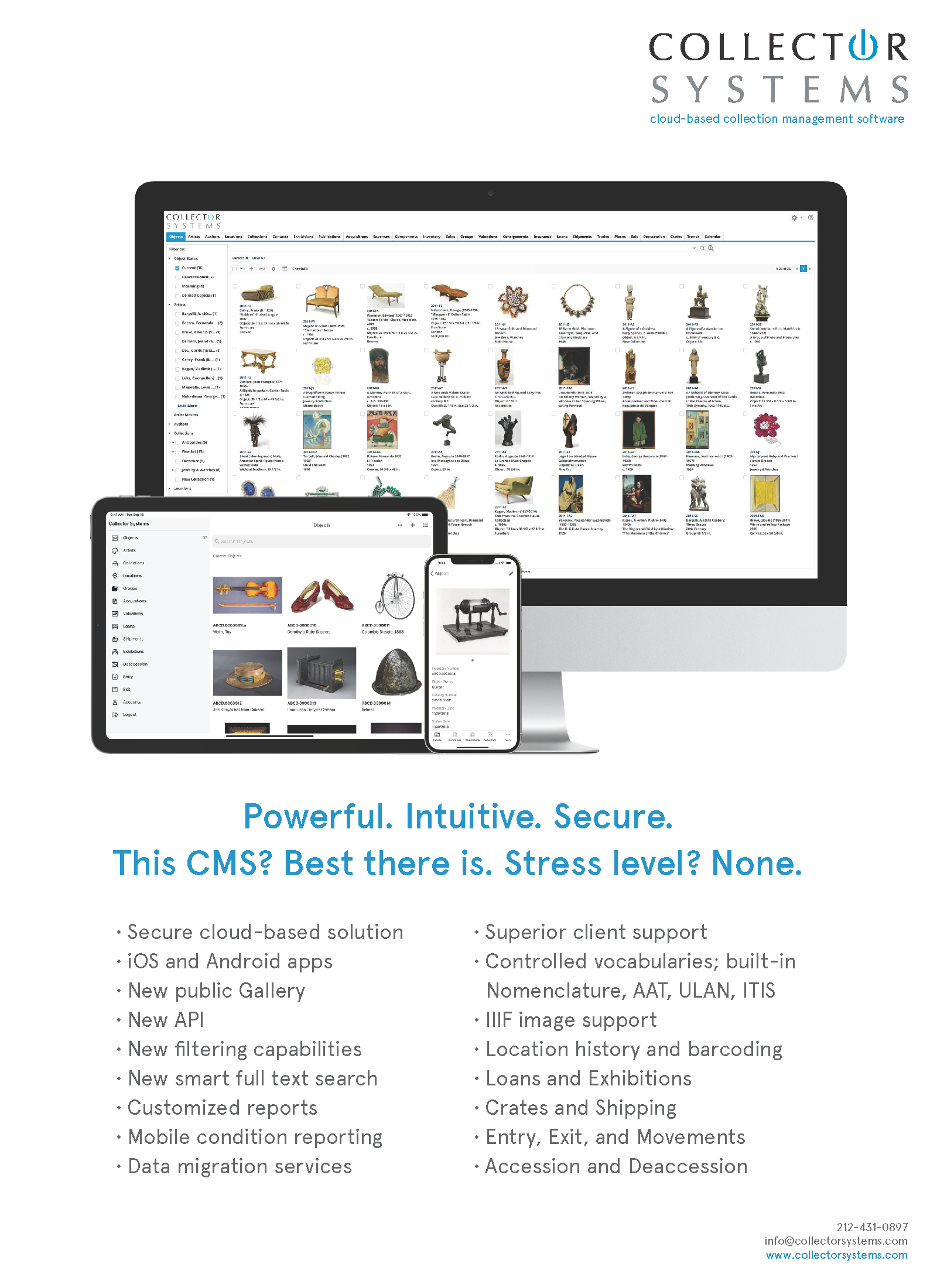
Going Green for Small Museums
By Adele Maurier, Design Coordinator, SEE Science Center
Here at the SEE Science Center, consideration of climate change and broader sustainability are a constant part of the process as we deliver our mission, operate in our community and prepare for the future. Throughout the years, our actions have taken many forms. We have been able to work within our constraints to make continual forward progress. Like many small museums, these constraints include a limited budget, not owning our own building and not having the capacity to fabricate new interactive exhibits from scratch. We hope that our actions will inspire new ideas for other small museums who want to make a difference within similar constraints.
Being Green While Renting
SEE Science Center is located in a large mill building in Manchester, New Hampshire built in 1844. Like many small non-profits the Science Center does not own our building. We are fortunate that our building’s ownership group, another non-profit organization, also has a strong environmental conscience and has been willing to work with SEE to make green upgrades to the facilities. These building upgrades have taken the form of collaborative mutually beneficial arrangements, wherein SEE helps with writing of grants and fundraising and receives energy savings while our landlord non-profit is able to increase the value of their property assets. An example of one such upgrade was a Community Development Investment Program (CDIP) grant from The New Hampshire Community Development Finance Authority (CDFA) that SEE received to upgrade to LEED certified lighting throughout the Science Center. Through this project, SEE worked collaboratively with our landlord and their contractors to upgrade all of the lighting in our 30,000 square feet of space to energy efficient LED’s and install motion detection switches in several key spaces. This project was completed in 2019 and saves approximately $5,065 in electrical costs annually. We have also worked with our landlord to complete other green projects including upgrades to our HVAC and windows.
Considering the Whole Life of Your Exhibits
The SEE Science Center aims to make our exhibits sustainable both financially and environmentally. With a limited exhibit budget, SEE has employed different techniques to achieve this end. Throughout the years, SEE has acquired exhibits from other organizations, refurbished exhibits and used environmentally conscious techniques to build new exhibits. At times we have used all three of these techniques together as we did recently in our ocean themed gallery.
Reuse…
Through building strong connections within our industry we have been able to find quality exhibits that have timeless content that can be modified or tweaked to add fresh experiences for our local audience. Examples include our newly refurbished wave tank from the Museum of Science, Boston and our human genetics exhibits from the Evergreen Exhibitions.
Refurbish…
We strive to refurbish exhibit kiosks whenever possible to give them new life and sometimes even a new purpose. We recently refinished several wooden exhibit tables to extend their lifespan in our Museum. We originally received these kiosks from another institution, had already reused them once and have now updated graphics for a third time to keep the content fresh for our visitors.
Rethink…
When we build new exhibits at SEE, we are conscious of choosing materials that can be repurposed once their useful display life comes to an end. We select materials that will not need to be replaced frequently and those that can withstand the destructive force of small children. For one upcoming project we have selected sturdy metal legs and wood tops that can be reused and refinished for an expected lifespan of 35 years.
Rehome…
When an exhibit is no-longer useful here at the Science Center, we make an effort to find it a new home. Recent examples include a model crane which will find new life in a local haunted house, and a water tank that will now be used to collect storm runoff at a local business. This reuse effort not only reduces the amount of materials entering the waste stream, but also helps SEE build partnerships with other organizations in our community. More run-of-the-mill type items like tables and furnishings or reusable hardware from exhibits find a new home at our local Habitat for Humanity’s Re-store and Goodwill Donation Centers.
Leveraging Opportunities
In addition to trying to walk the walk, we also want to talk sustainability with our visitors. This can be daunting at first – even for a science museum, but we have found opportunities to get started and continue to grow our efforts. It is ok to start small. Small mentions and practices remind our audience that sustainability is important, examples include choosing and promoting earth-friendly items for the gift shop or sending communications via email instead of postal mail.
To get started with larger efforts, we make use of partnerships. Many of these partnerships have taken the form of temporary and travelling exhibits. From a small exhibit on wind power consisting of LEGO® models to hosting the Minotaur Maze “Water’s Extreme Journey”, we look for opportunities that align with our mission and help our organization present important topics and build efforts that will continue after the exhibit itself moves on. One important example was when SEE had an opportunity to host the regional traveling exhibit “Seasons of Change”. Many NEMA organizations will recall this exhibit. SEE used the exhibit’s presence as an opportunity to test launch an adult education program at SEE. The program, called Science on Tap, is now heading into its 10th season. This important program began as a series of three “Degrees of Change” science cafés on climate science during the exhibition. Since then, we have had over 60 additional discussions many of which connect back to sustainability and climate.
In addition to utilizing temporary exhibits to increase our climate change content, we have also built partnerships to help create permanent exhibits that communicate aspects of the story. For example, in 2013 we purchased exhibit plans and graphic files for the “Green Revolution”, from the Smithsonian Institution Traveling Exhibition Service (SITES). We partnered with our local energy company Public Service of New Hampshire (PSNH), their employee volunteer initiative and New Hampshire Community College to customize and build the exhibit. With these resources, we were able to create a new exhibit locally, affordably and sustainably, that brought important household energy saving information to our audience. Similarly, in our recently refurbished ocean gallery we partnered with the International Year of the Coral Reef and with local and national researchers to help us design exhibit components that introduce climate impacts to shell fish and corals.
In 2021, again through intentional partnerships, the SEE Science Center began its first citizen science initiative. SEE joined science centers from across the country to create opportunities to prepare for the future through the National Oceanic and Atmospheric Administration (NOAA) funded “Citizen Science, Civics and Resilient Communities” (CSCRC) project. Through this partnership, SEE was able to invite our local community to join a virtual national forum on extreme storm events. SEE also invited families in the Merrimack River valley to participate in the “SEEing Strong Storms” project, inviting them to collect data to help scientists understand the sources of plastic pollution. Finally, through this effort, SEE participated in the EarthEco international Water Challenge and received a grant of testing kits to collect information on local water quality data. SEE is currently working to transform this effort into an ongoing group program that we can offer to schools year round. Participating in these larger partnerships including working with the CSCRC project and EarthEco has helped SEE staff learn how to engage our audience in data collection and resiliency planning discussions. We are confident that these new tools will help our organization take on new initiatives in the future.
Final Thoughts
Joining the climate discussion can be a daunting task, especially for a small museum with limited resources. We would encourage museums to look at sustainability and climate change discussions as an ongoing process. Small changes in how you present topics or how you use your resources can make all the difference. Whether you are a history museum, an art museum, a children’s museum or a science museum, this is a topic which is increasingly having a major impact on the communities we serve. It is a topic we have a responsibility to discuss. Small, intentional messages do add up.
At SEE, we feel we have been able to leverage our capabilities and make small decisions that have added up to significant impact. We will continue to consider sustainability, and climate change impacts in every action we undertake. We hope that this article demonstrates how small steps got us to this point and empowers you to take similar steps at your own museum.
Header image: Photo by Pawel Czerwinski on Unsplash
